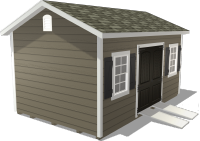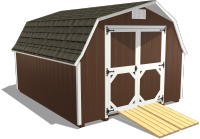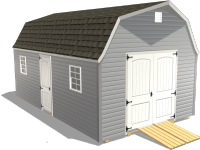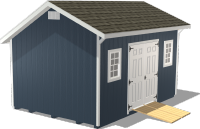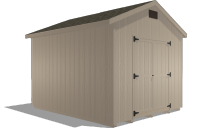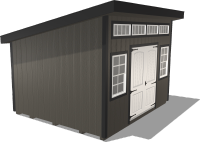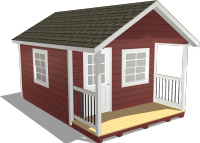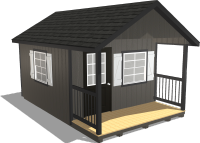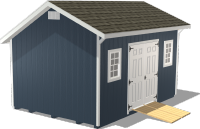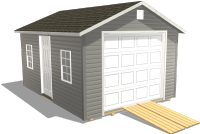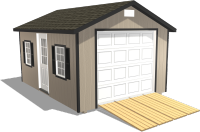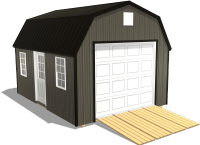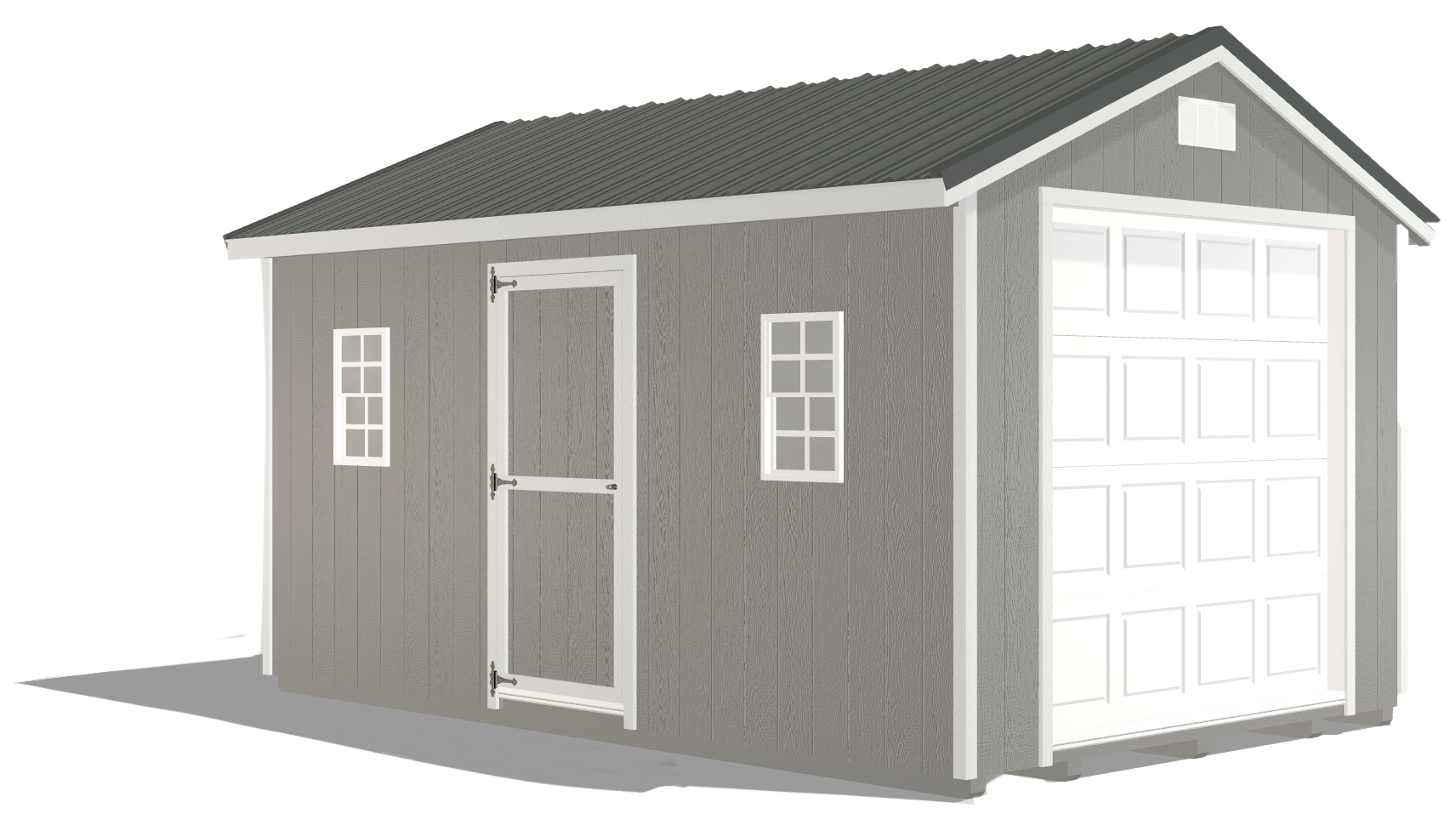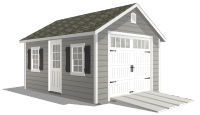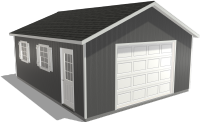Stay Cool: Greenhouse Cooling System Tips for Summer Success
by Dakota Storage Buildings, on August 22, 2025

With summer heat, your greenhouse interiors can go from nurturing to nerve-wracking. While warmth is essential for plant growth, excessive heat can lead to wilted crops, slowed growth, and lower yields. Without solid greenhouse cooling systems, the high-sun months can do more harm than good.
Knowing and recognizing when your greenhouse is overheating, like wilting leaves, dry soil despite watering, or fruit dropping prematurely, is the first step. The next is proactively regulating your greenhouse’s temperature and light levels to create a stable, productive environment. Let’s explore how to do exactly that with greenhouse cooling systems.
Beat the Heat With Shade Cloths
If you’re looking for an accessible, low-cost way to reduce interior greenhouse temperatures, shade cloths are one of the most effective options. These mesh fabrics help block a portion of sunlight, lowering the heat that builds up inside without cutting plants off from the light they need to thrive.
To choose the right shade cloth for your greenhouse, consider the density of the material and the specific plants you’re growing:
- 30–50% Shade Cloth: Ideal for sun-loving crops like tomatoes, peppers, and cucumbers that still require direct light but benefit from a bit of relief in the hottest hours.
- 60–70% Shade Cloth: Best for delicate plants like lettuce, spinach, herbs, orchids, or seedlings that are especially prone to heat stress.
Proper installation is also key. Secure the shade cloth above your greenhouse or drape it over the top using clips, hooks, or tension cables. The goal is to create broad, even coverage without sagging that might trap heat.
Dakota’s greenhouses are built with sturdy frames that make attaching shade cloths a breeze, offering you an easy way to manage light exposure all season long. When paired with ventilation, a shade cloth can drop interior temps by several degrees, often enough to make a noticeable difference in plant health and productivity.
Passive Cooling Strategies That Work
For long-term greenhouse cooling, passive airflow is essential. Relying on the natural movement of air reduces heat buildup without requiring energy-consuming equipment. Whether you're working with a small backyard greenhouse or a full-scale structure, using passive cooling methods can significantly improve growing conditions.

Here are a few ways to promote natural ventilation and airflow:
- Roof and Side Vents: As hot air rises, roof vents allow it to escape while side vents bring in cooler air.
- Proper Greenhouse Orientation: Aligning your greenhouse to catch prevailing breezes and minimize direct afternoon sun can enhance airflow and reduce heat gain.
- Thermal Mass: Strategically placing water barrels or stone inside your greenhouse helps absorb heat during the day and release it slowly at night, moderating temperature swings.
Dakota greenhouses come equipped with built-in vents that support natural airflow from day one, so you can take advantage of passive cooling without expensive upgrades.
By optimizing your layout and using your climate’s natural patterns to your advantage, you can keep temperatures within a healthy range even during the hottest weeks of the year.
Top Greenhouse Cooling Systems That Deliver Real Results
Passive methods are great, but when the heat is extreme, active greenhouse cooling systems give you an added layer of protection. Whether you’re growing in a humid zone or facing a sudden heatwave, these tools can help maintain consistent growing conditions.
Here are the most effective greenhouse cooling systems to consider:
- Evaporative Coolers: These units work by drawing warm air through wet pads, cooling it through evaporation. They’re especially effective in dry climates.
- Circulation and Exhaust Fans: These keep air moving, reduce hot spots, and help vent out built-up heat. Exhaust fans draw hot air out, while circulation fans keep it moving evenly inside.
- Misting Systems: Designed to increase humidity and lower leaf temperature, these systems are great for moisture-loving crops or fragile plants under midday stress.
What makes these systems even more effective is how they’re integrated. Dakota’s greenhouse interiors feature durable materials and customizable layouts that make installing fans, misting lines, or coolers simple and secure.
While these systems require more upfront investment, they often pay off in stronger plant health, faster growth, and better yields through the entire summer season.
Pro Tips for Keeping Your Greenhouse Cool
Even with the best equipment and tools, daily care and smart habits make a big difference in how well your greenhouse cooling system performs. Consistent monitoring and small adjustments can keep temperatures stable, even on the hottest days.

Here are some expert-backed strategies to help keep your greenhouse cool:
- Monitor daily temperatures using a digital or analog greenhouse thermometer placed at plant height.
- Water early in the morning so plants can absorb moisture before the sun is at its peak and avoid midday watering, which can cause leaf burn.
- Adjust or remove shade cloths as the season shifts. Plants may need more or less sunlight as days grow longer or shorter.
These habits take just a few minutes a day, but they can prevent major heat-related stress and ensure your plants are consistently thriving. Think of them as routine maintenance for your summer growing season.
Greenhouses Designed to Stay Cool All Season
While greenhouse cooling systems are essential, the structure of your greenhouse plays a critical role in how easy it is to manage summer heat. That’s why choosing a well-designed greenhouse from the start gives you a strong advantage.

Here’s how Dakota greenhouse interiors help make cooling easier:
- Durable framing that supports shade cloths, misting systems, and ventilation fans without compromising strength or stability.
- Translucent polycarbonate panels that filter light and reduce heat buildup, which is ideal for protecting plants in high-sun regions.
- Built-in ventilation features, like ridge vents and operable windows, provide natural airflow options right out of the box.
- Customizable layouts allow you to position vents, windows, and doors based on your property’s specific sun exposure and wind patterns.
By starting with a greenhouse that’s built for smart airflow and temperature regulation, you’ll spend less time managing problems and more time enjoying your garden.
Keep Your Cool and Help Your Garden Thrive
Hot weather doesn’t have to spell trouble for your plants. With the right greenhouse cooling systems, like shade cloths, ventilation, and misting systems, you can protect your crops and extend your growing season.
Take a moment to assess your greenhouse interiors setup. Are there small tweaks you can make today that will help your plants thrive tomorrow? Whether it’s upgrading airflow, installing a fan, or customizing a new greenhouse that’s summer-ready from the start, now is the time to act.
Explore Dakota’s pre-built and customizable greenhouses to find the perfect fit for your garden and climate.



